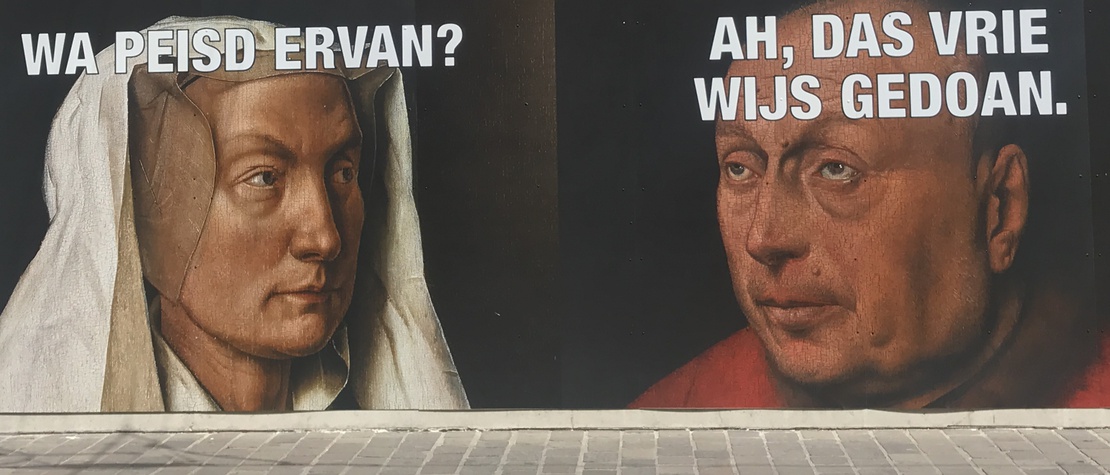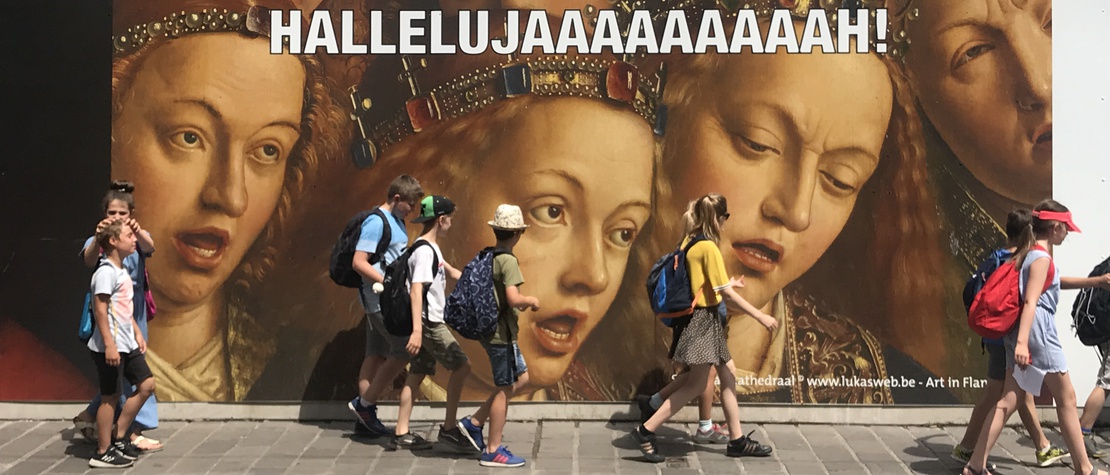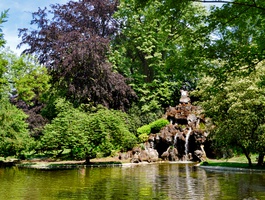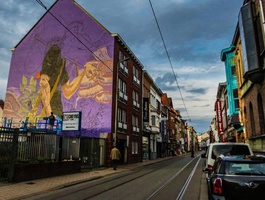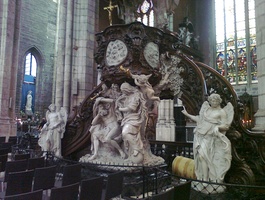The power, the art and the money in the city of Ghent in the 15 th century during the reign of the Dukes of Burgundy
What did Ghent look like in the 15th century during the reign of Philip the Good, Duke of Burgundy? Who was alderman Joos Vijd and why did he commission such an expensive altarpiece from the brothers Van Eyck? Where did he get the money from?
 More about this tour
More about this tour
Between 1363 and 1506 the Dukes of Burgundy reigned over the territories of Burgundy, Nevers, Picardy, Artois and Flanders. Philip the Good strived to establish a centralized government and was eager to collect taxes in the wealthiest and most populated region north of the Alps. The opulent lifestyle of the court of Burgundy was legendary. It was at this court that Jan Van Eyck was appointed court painter and personal chamberlain to the Duke.
Joos Vijd, an alderman in Ghent and a social climber who married Elisabeth Borluut, the daughter of a rich patrician family, commissioned the brothers Hubert and Jan Van Eyck to paint a monumental polyptych, or altarpiece painting, depicting the ‘Adoration of the Mystic Lamb’. On May 6, 1432 the altarpiece was presented to the public in the church of Saint John, now the cathedral of Saint-Bavo.
 Practical information
Practical information
| Information |
|
|---|---|
| Meeting point | Tourist Information Center, Veerleplein (pedestrian area - no coaches) |
| Point of arrival | St. Bavo's Cathedral |
| Languages | Dutch, French, English, German, Gents |
| Price | from € 120 |
| Duration | 2 h |


 My account
My account

 Back to overview
Back to overview
